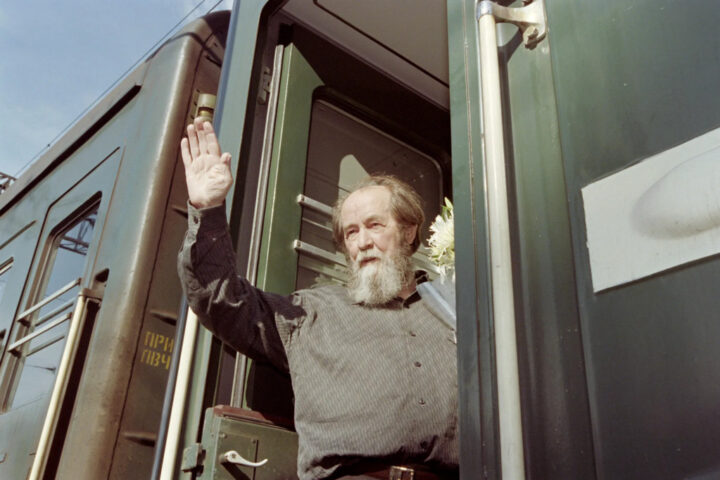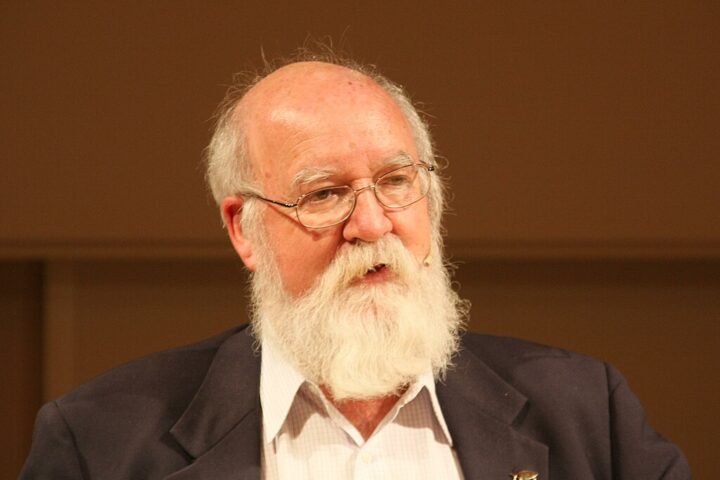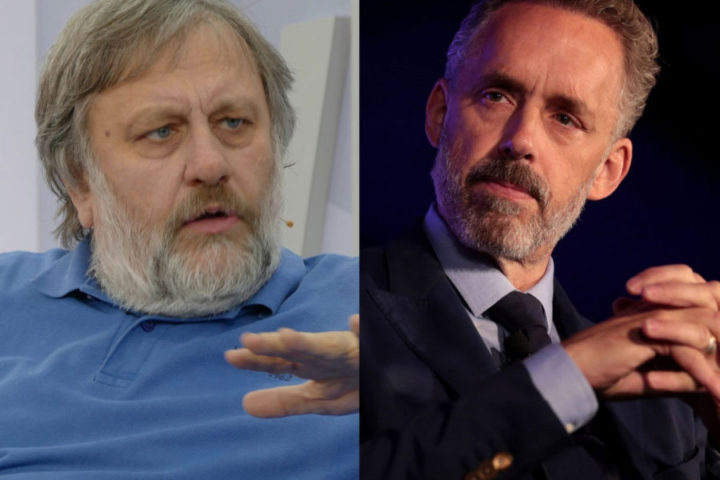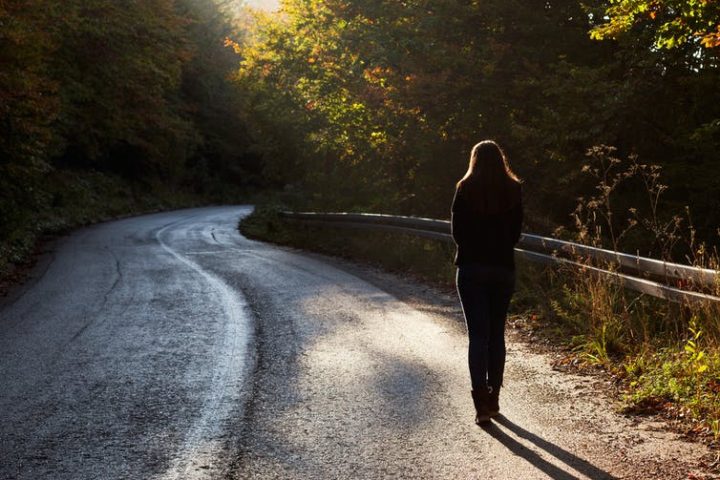By Diana Moreno
Humans do something almost miraculous that no other animal does (at least not in the same way): we smile. We do it from the moment our existence begins, from the cradle. Smiling seems easy: just a small spasm that mobilizes about twenty muscles to stretch the corners of the mouth, like pulling the rope that opens a theater curtain. Sometimes, we show our teeth; sometimes, our cheeks and nostrils join the dance of the smile, and we can even smile with our eyes. This gesture, so common and seemingly insignificant, is crucial for our survival.
A newborn smiles without knowing it. Until about two or three months old, babies don’t have a social smile; their grimace is a reflex action and not a response to any external stimulus. It isn’t mere imitation either: I’ve read that blind children smile and that smiles have even been detected in the darkness of the womb. When a baby smiles, the adult who sees it experiences a jolt; it’s hard not to imitate, not to melt, not to celebrate that luminous appearance on a face where you expected no communicative gesture. Thus, through contagion, the smile spreads from person to person. However, it is usually just a trick: the baby doesn’t intend to express anything with that grimace; they use it to deceive us. Looking at a smiling baby strengthens the bond, entangles us adults in a web of affection, triggers our nurturing instinct, and unleashes emotions, even empathy and compassion. This way, the most dependent being ensures they receive care from others and live another day.
It can be said that another person’s smile transforms and disarms us. That strange facial deformation, born as a grimace with which primates expressed threat or submission, evolved in our human flesh to become a friendly gesture. A magical transformation. Now we use the smile all the time to forge intangible bonds between us. We sketch it almost mechanically after each encounter or comment we consider clever, to encourage, motivate, or express countless positive feelings we want to land in the heart of our interlocutor. There are also false, malicious, threatening, and mask-like smiles. But perhaps purity is found in this: the smile of a baby who draws it unknowingly, in response to nothing, purely for survival, as mechanically and unconsciously as a chameleon changes its color without knowing it changes.
The smile disarms us, and that is the key. As humans, we seek to resolve conflicts in the least bloody way possible. Ethologist Ireneus Eibl-Eibesfeldt, in his book Love and Hate, considers the smile precisely as one of the brakes on aggression: a gesture capable of calming a situation that could otherwise lead to bloodshed, of awakening affection and empathy to avoid violence.
However, there are also mechanisms that do the opposite: they facilitate aggression and, simply by existing, generate tension. Among them, Eibesfeldt says, are weapons. Before weapons existed, battles were hand-to-hand and skin-to-skin: a war of proximities where the individual about to become a victim had time to look into the eyes, beg for humanity, and perhaps receive it. Technical development had great benefits but limited this whole process. An axe allows killing with a single blow and hardly any time for visual exchange or gestures. With a gun, you can even kill from a distance without checking if the one you kill is a human being like yourself.
If the smile disarms, weapons, just by existing, push us to use them. It is terrifying to think about today when global military spending reaches a new record, with Spain being the eighth largest arms exporter in the world. Talking about smiles sounds criminally naive when weapons seem to move and lead everything: the conflicts caused by their stupid accumulation, the borders some want to make increasingly impenetrable and deadly for those fleeing violence, and the securitization, and externalization of borders. Even words: we hear our leaders adopt war narratives to try to prepare us for new conflicts, the European Commission proposing to reinforce the war economy; we look into the eyes of a genocide that does not cease, and the far-right advances as a result of the rhetoric of fear.
The human being is the species that evolved the smile precisely to avoid using weapons.
Sometimes it feels like giving in to the neoliberal mantra that people are destructive by nature. That we only speak the language of weapons. But I believe we must strive (our lives depend on it) to believe the opposite. Force ourselves to remember that humans are not just the ones promoting this arms race: we are also the ones who oppose it. We are the ones staging sit-ins for Gaza, pressing against the arms trade, and believing in languages other than colonialism or blood. We are the anti-war and anti-militarist movement that is coming, and we need to stop everything with the strength of all. We are not destructive; it is not our nature. Today, more than ever, we should remember that humans are the species that evolved the smile precisely to avoid using weapons.
This article was first published in El Salto. To read the original, follow the link.




